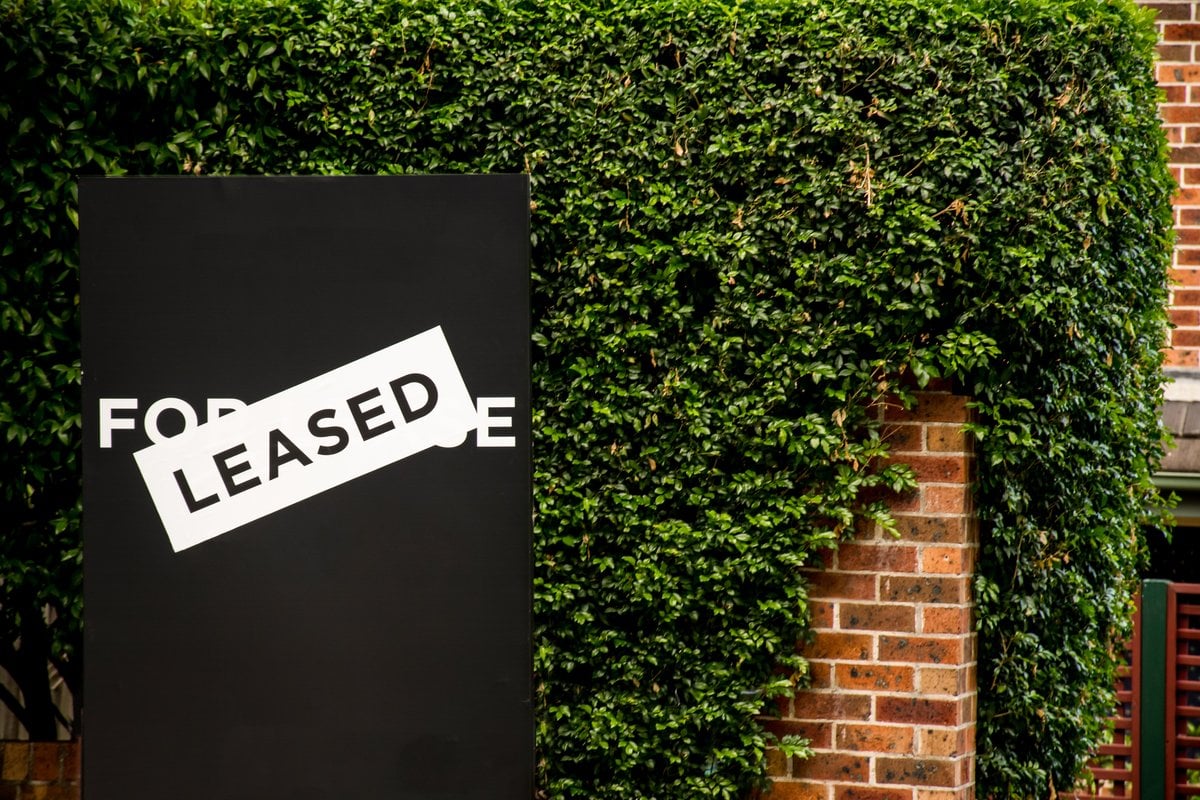
Right now is a terrible time to be a renter – or a very good time. There’s an enormous divide between people renting houses in country areas and people renting apartments in inner-city Sydney and Melbourne.
A lot of those city apartment dwellers have been asking for rent reductions and getting them. One woman who’s been renting a one-bedroom apartment in an inner-city Sydney suburb says she was paying $520 a week in rent before COVID, which seemed to be the going rate for similar apartments.
“Post-COVID, I was looking to move,” she tells Mamamia. “There was ongoing building work happening right outside my apartment, including night works, and I was hoping to be somewhere quieter, while still able to go about most of my life on foot. When I looked, I found there were now one beds in my area going for $440 per week, and two beds in a neighbouring building for the price I was paying for one! I took this information to my landlord and asked if they could review my rent so that it was in line with the current market. That day, with no negotiation, my rent was reduced to $440 per week.”
If you're living in an inner-city apartment, here's how to make your living room look bigger. Post continues below.
Top Comments